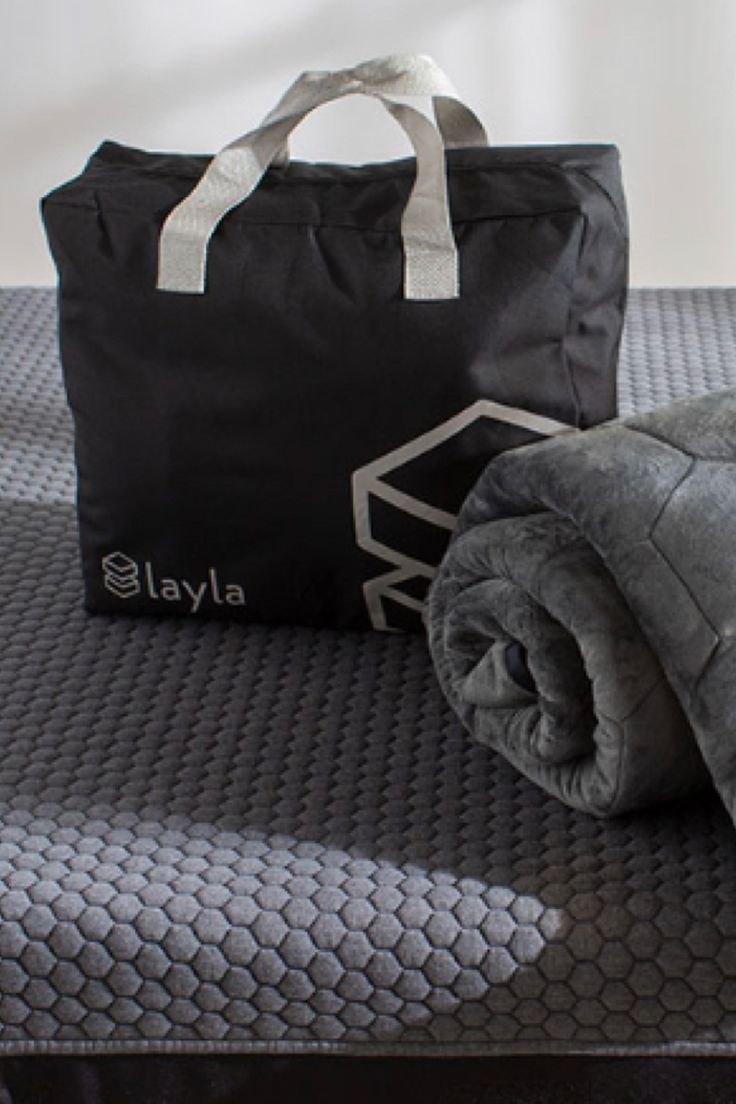Weighted blankets have surged in popularity recently, touted for their potential benefits ranging from reducing anxiety to improving sleep quality. However, a pressing question lingers in the minds of many: can weighted blankets actually make you sore? The allure of these cozy, heavy covers might compel you to embrace them fully, yet understanding their effects on the body is paramount. This exploration promises not just revelations but also a shift in how you perceive these therapeutic textiles.
To grasp the relationship between weighted blankets and soreness, we must first delve into the science behind them. Weighted blankets are designed to provide deep touch pressure (DPT), a tactile stimulation that mimics the feeling of being hugged or held. This sensation can be immensely soothing and is thought to instigate the release of serotonin and melatonin while reducing cortisol—the stress hormone. However, while many bask in these comforting effects, others have reported sensations of discomfort, including soreness. What accounts for this disparity?
Notably, the weight and density of a blanket can vary widely. Standard recommendations suggest using a blanket that is approximately 10% of your body weight. Yet, personal preferences and physiological responses differ significantly among individuals. A blanket that feels enveloping and cozy to one person might feel overwhelmingly heavy and constrictive to another. Such a discrepancy can lead to muscle stiffness and tenderness in instances where the blanket is too heavy.
Moreover, the underlying material can play a significant role in comfort levels. Many blankets are filled with glass beads, plastic pellets, or natural materials like cotton. Each of these materials presents a unique weight distribution and overall feel. For instance, blankets with glass beads may provide a smoother drape, while those with plastic pellets might feel bulkier. If the blanket does not conform adequately to the body, it can create pressure points that may exacerbate discomfort, particularly for individuals with pre-existing musculoskeletal conditions.
One of the intriguing aspects of weighted blankets is how they influence the body’s muscles. Deep touch pressure is indeed calming, but when applied excessively, it can provoke a conflict between relaxation and muscle tension. Individuals who tend to sleep in awkward positions or who have tight muscular structures may inadvertently exacerbate their discomfort while using a weighted blanket. The very act of the blanket pulling down can lead to an involuntary contraction in muscles, particularly around the neck, shoulders, and lower back.
Additionally, consider how one’s sleep posture interacts with the use of a weighted blanket. If a person is accustomed to sleeping on their back or stomach, a heavy blanket applied to these positions could lead to feelings of confinement. This might cause individuals to shift into less favorable postures without fully realizing it, leading to further aches and pains. A vital insight here is that aligning your body properly with supportive pillows can mitigate such risks. Those who sleep on their sides might also experience variations in comfort based on how the weight is distributed across the contours of their bodies.
Another factor contributing to potential soreness is duration. Using a weighted blanket for short naps versus all-night sleep can yield vastly different experiences. A quick afternoon respite might feel cozy and refreshing. In contrast, a longer duration may lead to discomfort or tenderness due to prolonged pressure on the body. It’s essential to listen to your body’s signals. If soreness becomes a recurring theme, it may be prudent to reassess not only the weight of the blanket but also the time spent underneath it.
For those who are particularly sensitive to pressure, starting with a lighter weighted blanket can be advisable. Gradually increasing the weight lets your body acclimate without overwhelming your muscles and joints. In many cases, embracing a lighter touch can yield significant benefits without the risk of discomfort. The golden rule is to gauge your own comfort level continuously. If soreness arises, it could simply mean that adjustments are necessary, not a fundamental failure of the weighted blanket concept.
For individuals with specific health concerns, such as fibromyalgia or chronic pain syndromes, consulting with a healthcare provider before diving into weighted blanket therapy is prudent. While many revel in the benefits, not everyone may react positively to the sensation of added weight. Understanding your body’s unique response is crucial in leveraging the myriad potential benefits while mitigating the risks.
In conclusion, the question of whether weighted blankets can make you sore does not yield a singular answer. Instead, it unveils a spectrum of responses shaped by personal preferences, body types, existing conditions, and usage habits. Approaching the journey with an open mind and an attentive ear to your body will undoubtedly lead to a more satisfying experience. As you explore the world of weighted blankets, remember that comfort is subjective, and what may nurture one person could challenge another. With the right considerations and adjustments, these comforting textiles can offer a cocoon of serenity, enhancing both your sleep and overall well-being.
